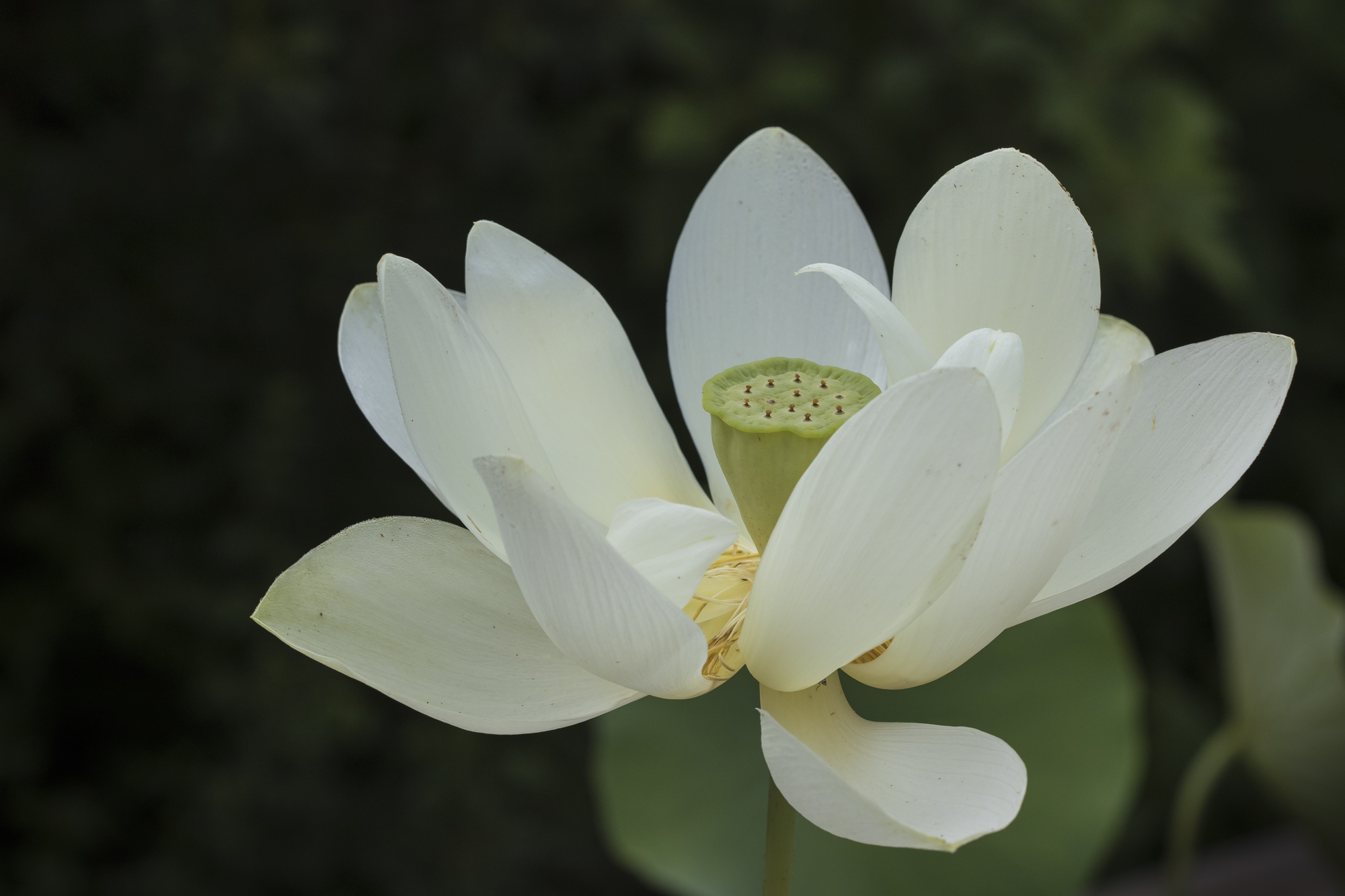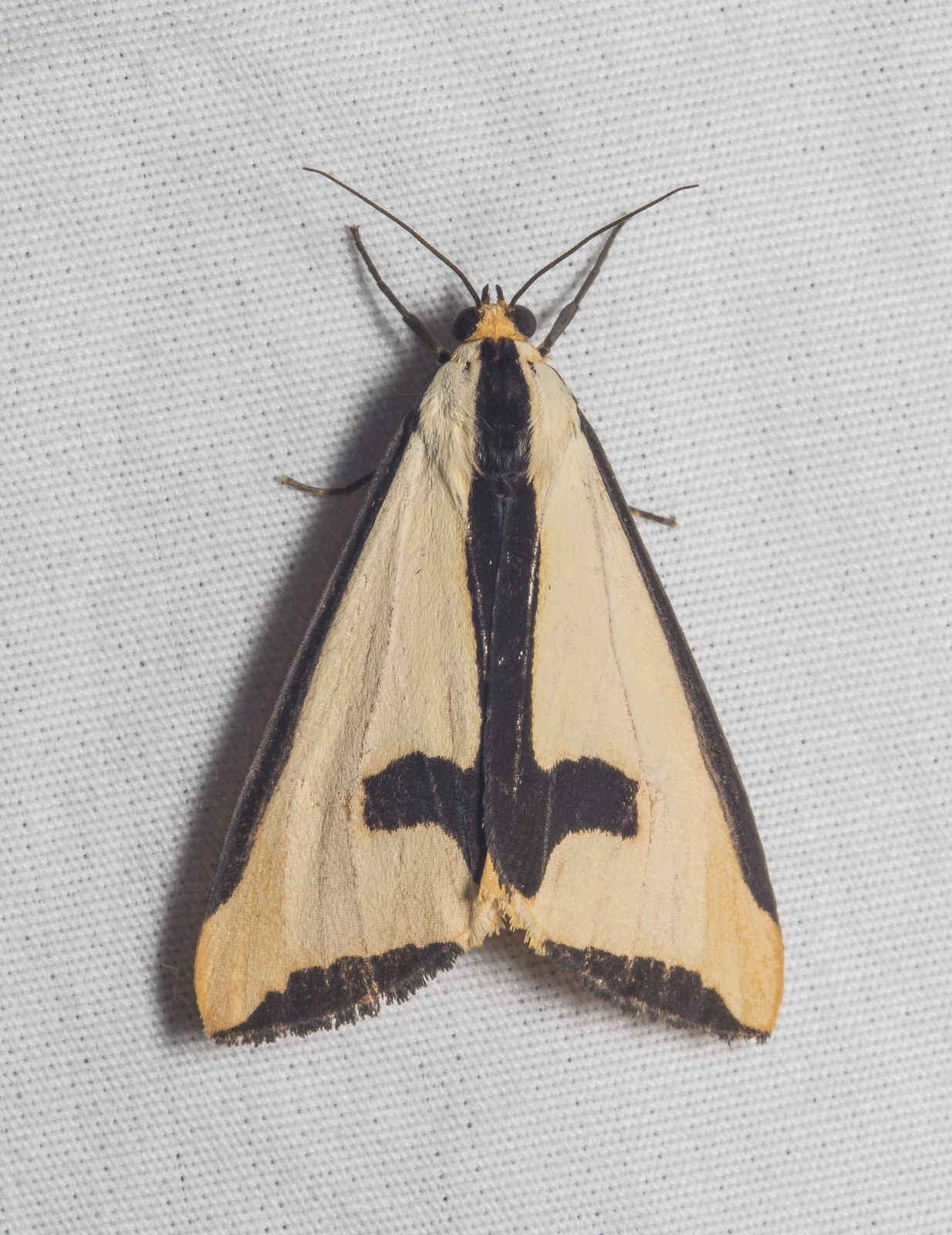You are surrounded by gifts every living moment of every day. Let yourself feel appreciation for their presence in your life and take the time to acknowledge their splendor.
~Lou G. Nungesser
It has been a whirlwind summer thus far with work keeping me a little busier than I care to be at times. I have had several opportunities to carry a camera but not as much time as I like to post things or learn more about the many plants and critters I have encountered. So, here is a rambling collection of things I have seen in recent weeks. It is truly amazing how much beauty and wonder surrounds us.

Nessus sphinx moth (Amphion floridensis) egg (click photos to enlarge)
One morning during summer camp, I spotted a beautiful Nessus sphinx moth hovering near some Virginia creeper leaves, one of their host plants. The gathered summer campers were able to witness her laying three eggs. I collected one to raise since one egg had only one leaf for the future larva to consume.

Nessus sphinx larva two days after hatching

Six days later it looks like this…still a long way to go

Walnut sphinx moth (Amorpha juglandis)
The pupa I shared in an earlier post produced this beautiful walnut sphinx moth about two weeks after the pupa formed.

Swamp milkweed (Asclepias incarnata)

Rose mallow (Hibiscus moscheutos) flower buds

American lotus flower (Nelumbo lutea)

Cardinal flower (Lobelia cardinalis)

Cranefly orchid (Tipularia discolor) – the delicate flower stalk appears in late summer, long after the single leaf disappears
I need to spend more time appreciating the incredible flowers that surround me every day…after all, I do work at a botanical garden!

A strikingly beautiful rosy maple moth (Dryocampa rubicunda)

Clymene moth (Haploa clymene)
We set out moth lights on a couple of nights the past few weeks and were rewarded with a variety of nocturnal visitors. Shown above are a few of my favorites.

Small Eastern dobsonfly (Corydalus cornutus) larva (also called a hellgrammite) found under a rock in the swift waters of Morgan Creek

Pickerel frog (Lithobates palustris)

Powdered dancer damselfly (Argia moesta), male

Margined madtom, Noturus insignis, a small (~5 inches) catfish found in swift waters like Morgan Creek
One of our favorite summer camp activities is a hike out to Morgan Creek, where we sample a riffle area in this surprisingly pristine Piedmont stream. We always manage to see a variety of interesting creatures including hellgrammites, caddisfly larvae, mayflies, crayfish, and a few species of fish.

Robber fly with moth victim

Walnut caterpillars (Datana integerrima) feeding on hickory leaves

Huge male American bullfrog (Lithobates catesbeianus)

A pair of female black and yellow argiope spiders (Argiope aurantia) – they are also commonly called writing spiders and garden spiders
Any stroll through the Garden produces a rich variety of sights and sounds. The key is, you have to be out there to enjoy them. So, get outside and see what you can find.

































